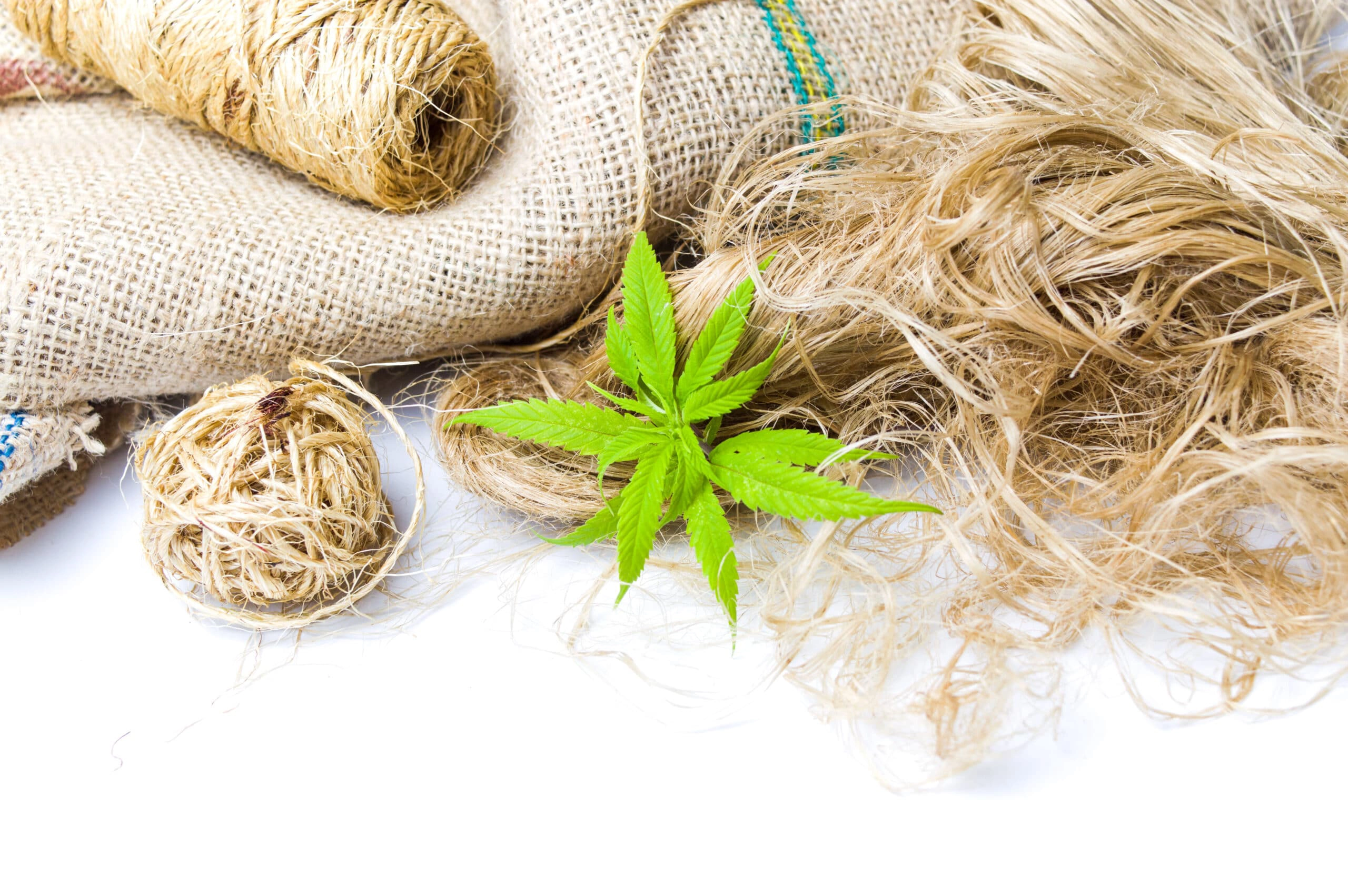Hemp, a variety of the Cannabis sativa plant species, is a crop that carries with it centuries of history and a plethora of uses. From ancient civilizations to modern markets, the cultivation and application of hemp have evolved significantly, making it a cornerstone in the discussions about sustainable and innovative materials. This blog post delves into the historical significance of hemp, traces its various applications through the ages, and explores its potential in contemporary and future industries.
The Ancient Origins of Hemp
The journey of hemp begins in the annals of early civilization. Archaeological evidence suggests that hemp was one of the first plants to be spun into usable fiber nearly 10,000 years ago. Ancient China is particularly noted for its hemp cultivation, using the plant for making ropes, clothing, and even paper. The *Shu King*, an ancient Chinese text from 2800 BCE, mentions hemp in its listings of agriculture, underscoring its importance.
Hemp’s Role Through the Ages
As centuries passed, the versatility of hemp made it indispensable. In mediaeval Europe, hemp was a common material for making clothes, shoes, ropes, and sacks. It was particularly valued in maritime ventures; the strong fibres resistant to saltwater made excellent material for ship sails and rigging, a critical factor during the Age of Exploration.
The plant’s utility carried over to the New World, where it supported colonial economies. American farmers were often legally required to grow hemp, which was used to produce rope, paper, and fabric.
Industrial and Political Shifts
Despite its early indispensability, hemp’s prominence waned with the rise of synthetic fibres in the 20th century. The introduction of the Marihuana Tax Act of 1937 in the United States further crippled the industry, conflating industrial hemp with marijuana and imposing heavy taxes and regulations on its cultivation.
However, recent years have witnessed a dramatic resurgence in hemp production, largely due to legislative changes like the 2018 Farm Bill, which distinguished hemp from other cannabis plants based on THC content and legalized its cultivation.
Modern Uses of Hemp
Today, hemp is lauded not only for its historical importance but also for its sustainability. The plant requires little water, resists pests naturally, and grows quickly, making it an environmentally friendly alternative to many polluting materials.
Industrially, hemp is used in textiles, bioplastics, and even building materials like hempcrete, which offers a lighter, biodegradable option for construction. Nutritional uses have also gained prominence, with hemp seeds and oils celebrated for their health benefits, rich in proteins, fatty acids, and minerals.
The health industry has particularly benefited from CBD, a non-psychoactive compound found in hemp, which is touted for its potential to alleviate various medical conditions without the intoxicating effects of THC.
The Future of Hemp
As technology advances, so too does the potential for hemp. Innovations in hemp fibre technology might soon infiltrate high-tech industries, potentially creating lighter, stronger materials for automotive and aerospace engineering. The legal landscape is also rapidly evolving, with many countries recognizing the benefits of hemp and moving to relax restrictions on its cultivation and use.
The history of hemp is not just a narrative about a plant but a reflection of human innovation and adaptation. As we look towards a more sustainable and innovative future, the potential of hemp continues to inspire new applications and solutions to modern problems. This ancient crop, once integral to the survival and progress of early civilizations, stands ready to contribute to a greener and more sustainable future.
Curious about how hemp products can benefit your daily life? Or interested in contributing to a discussion about sustainable agricultural practices? Engage with us on social media and let’s explore the promising world of hemp together!



